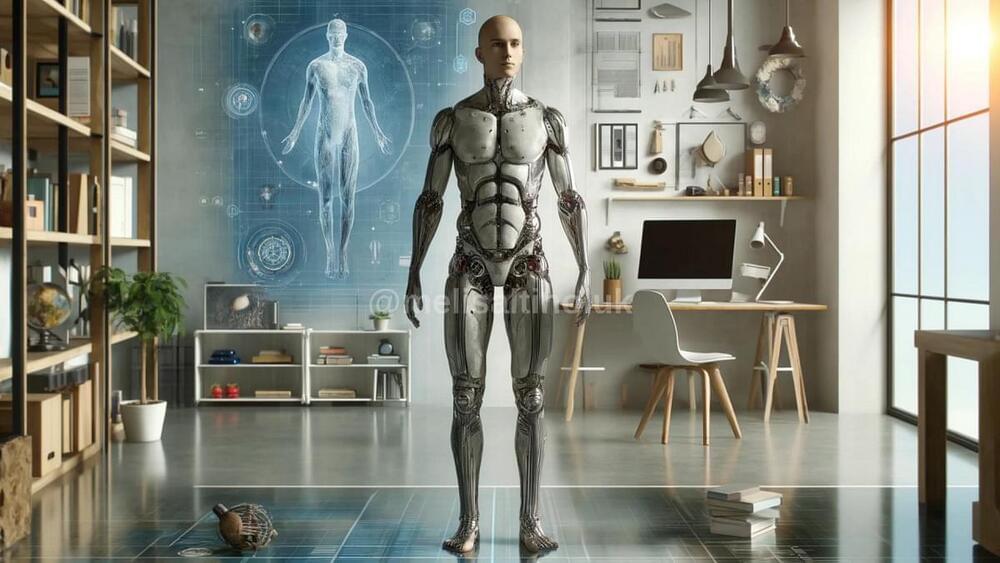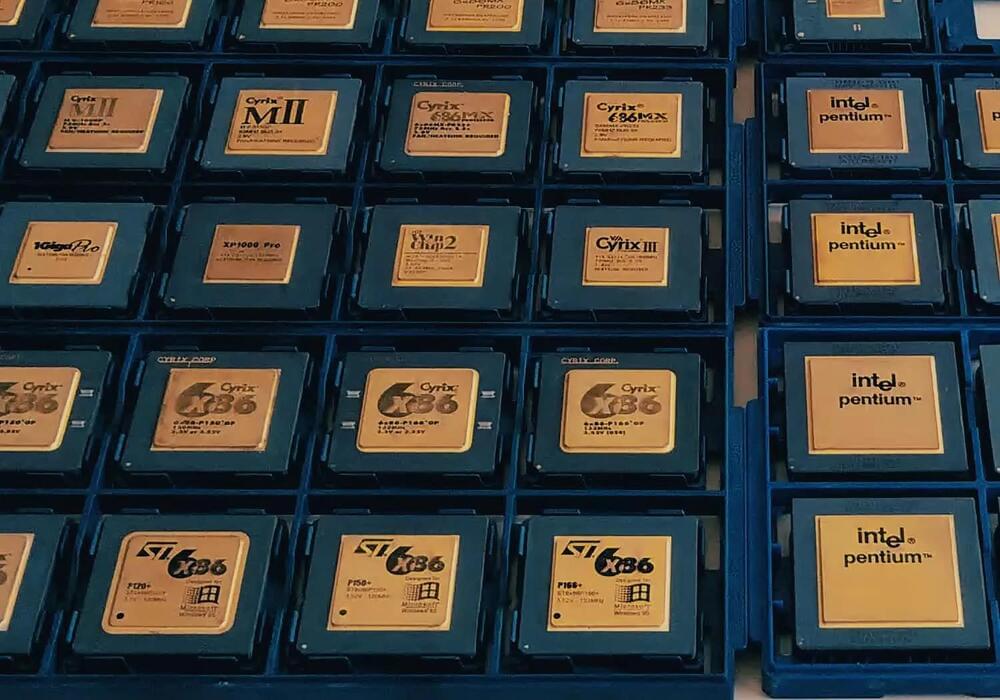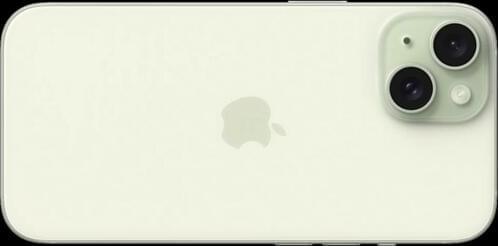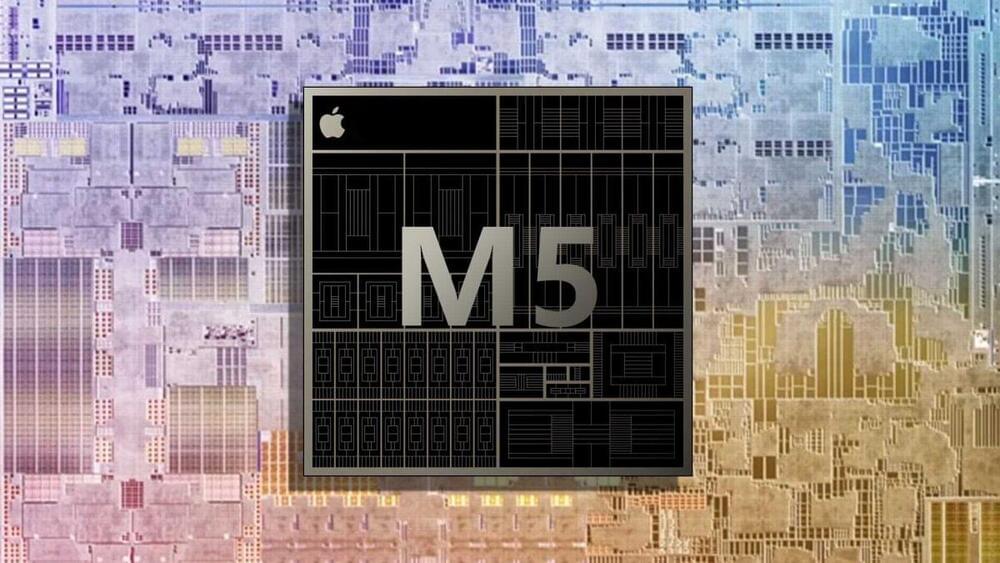HarmonyOS Next, on the other hand, is an Android-free variant of HarmonyOS. The new operating system doesn’t use AOSP libraries, can’t run.apk files, and is a significant step towards complete independence from US-based software for the vendor. HarmonyOS Next is not currently shipping with Huawei products but is available as a developer sandbox to develop and test apps for native HarmonyOS use. HarmonyOS Next hasn’t yet arrived on PC, but recent leaks suggest it soon will, paving the way for a new Chinese homegrown desktop OS.
Images of HarmonyOS Next for PC suggest an operating system taking design cues from MacOS. The system has a familiar status bar and dock bar combo on the top and bottom. The fullscreen/minimize/close buttons live on the right-hand side of programs, mirroring MacOS’s traffic light system.
Huawei’s recent strategy for HarmonyOS has publicly been phones-first. With HarmonyOS being open-source, much like Android, widespread adoption across the Chinese market and beyond outside of Huawei phones is possible and a big goal for Huawei. HarmonyOS already makes up 16% of the Chinese phone market, which is expected to grow in the coming years.







